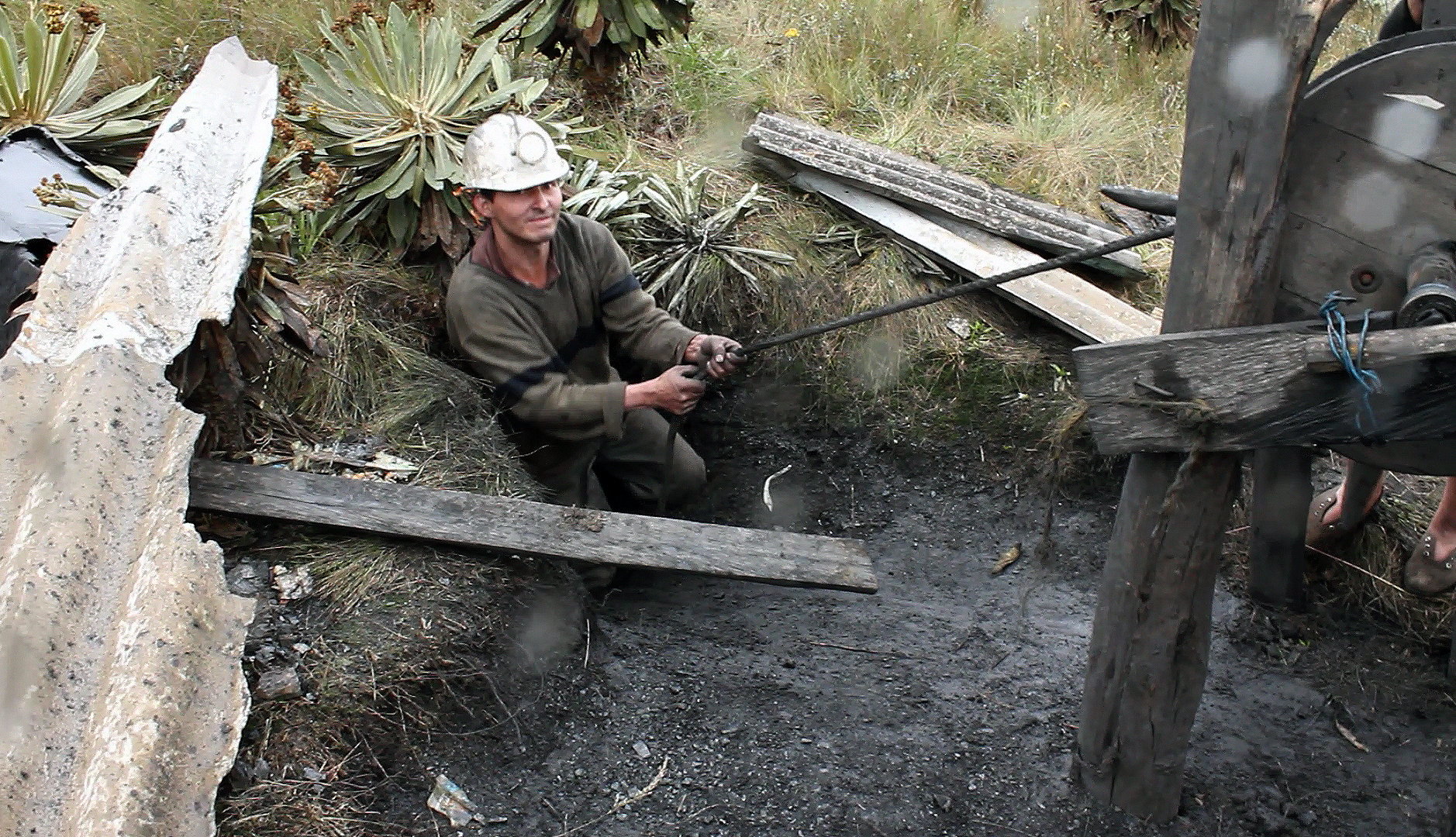A large Canadian mining company has just released numbers for the amount of gold, silver and copper present underneath one of Colombia's most fragile ecosystems. The study was made public after the Colombian Ministry of Mines and Energy denied the company, Greystar Resource Ltd., access to the Santurban region of the Colombian state Santander. But Greystar has not given up and is now fighting back with new mining plans and a brand new management.
In late March, Greystar withdrew its permit application for the biggest open-pit mining project ever proposed in Colombia. It happened immediately after the Colombian government opposed the so-called Angostura project on Mar. 24 and after large demonstrations in several towns.
Environmentalists and the people of Santander, who rely on the area for their fresh water, were ecstatic. But they may have been celebrating too early. In April, Greystar's shareholders installed new directors and senior management, and the company is now hoping to develop a large underground mine in the Santurban.
"The Company will focus on reformulating the Angostura project in continued compliance with the laws of Colombia and in a manner that is environmentally sustainable and socially responsible to the people and the state of Santander, whose concerns we understand and will address. That is our number one priority," said incoming President, Mr. Rafael Nieto Loaiza in a press release.
The company has good reason to be optimistic. Under former president Alvaro Uribe, foreign investment in Colombian mining soared, partly because the country was perceived as safe to explore. The current president, Juan Manuel Santos, has made mining a centerpiece in his plan for economic development, giving foreign companies generous tax breaks and modifying laws to suit investors' interests.
Greystar owns the mineral rights to 74,000 acres of land in the mountains of Santander and has already invested in infrastructure and promised employment and progress in the cities of California and Vetas. Still, most of the people of Santander would prefer that Greystar left them and their freshwater alone.
The area on which the company plans to dig contains a unique ecosystem called the páramos. It is a sponge-like moor in the mountains that captures moisture from the clouds and releases it as fresh water that supplies the needs of about 70 percent of the population.
"The páramos is the secret land that provide us with water." says Felipe Rubio Torgler, a biologist and researcher for the Alexander von Humboldt Institute in Bogotá.
In the páramos even the rock serves as a sponge, and digging underground can prove fatal for the ecosystem. The use of cyanide at the Greystar mine also makes people fear for their water.
The cities of Bucaramanga and Cúcuta have long opposed the project, claiming that the high altitude mine threatens the water supply for two million Colombians. On Feb. 24, some 30,000 Bucaramangans took to the streets, putting pressure on the government to deny Greystar´s license application.
A law passed by the Colombian Congress in July 2009 prohibits any mining activity in the páramos, but no serious resources have been set aside to uphold this law.
With the release of the new report, Greystar proves that it has something to fight for. The survey shows that mining in Angostura could produce 1.9 million ounces of gold, 7.7 million ounces of silver and nearly 115 tons of copper over 14 years.
Sandra Bessudo, the environmental advisor to President Santos, insists: "One of the things we have set clear is that there are regions restricted from mining. Especially in areas where water can be scarce."
Still, her president has made mining a centerpiece in his economic plan, naming it one of the "locomotives" of the train that is Colombia's economic development. Whether it can be stopped–along with Greystar's plans to invest $302 million in Angostura–remains a major question in the quest to preserve Colombia's páramos and freshwater supply.











